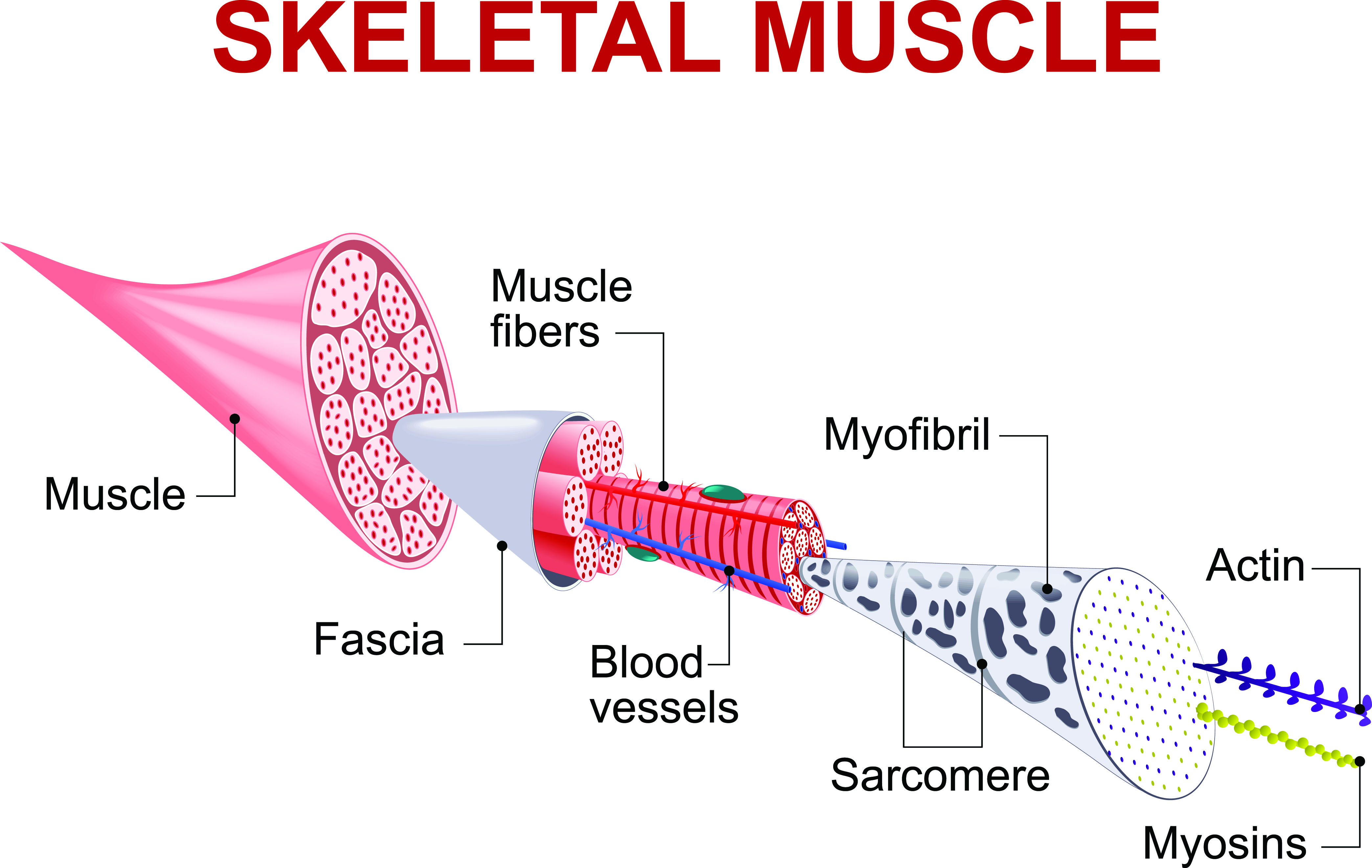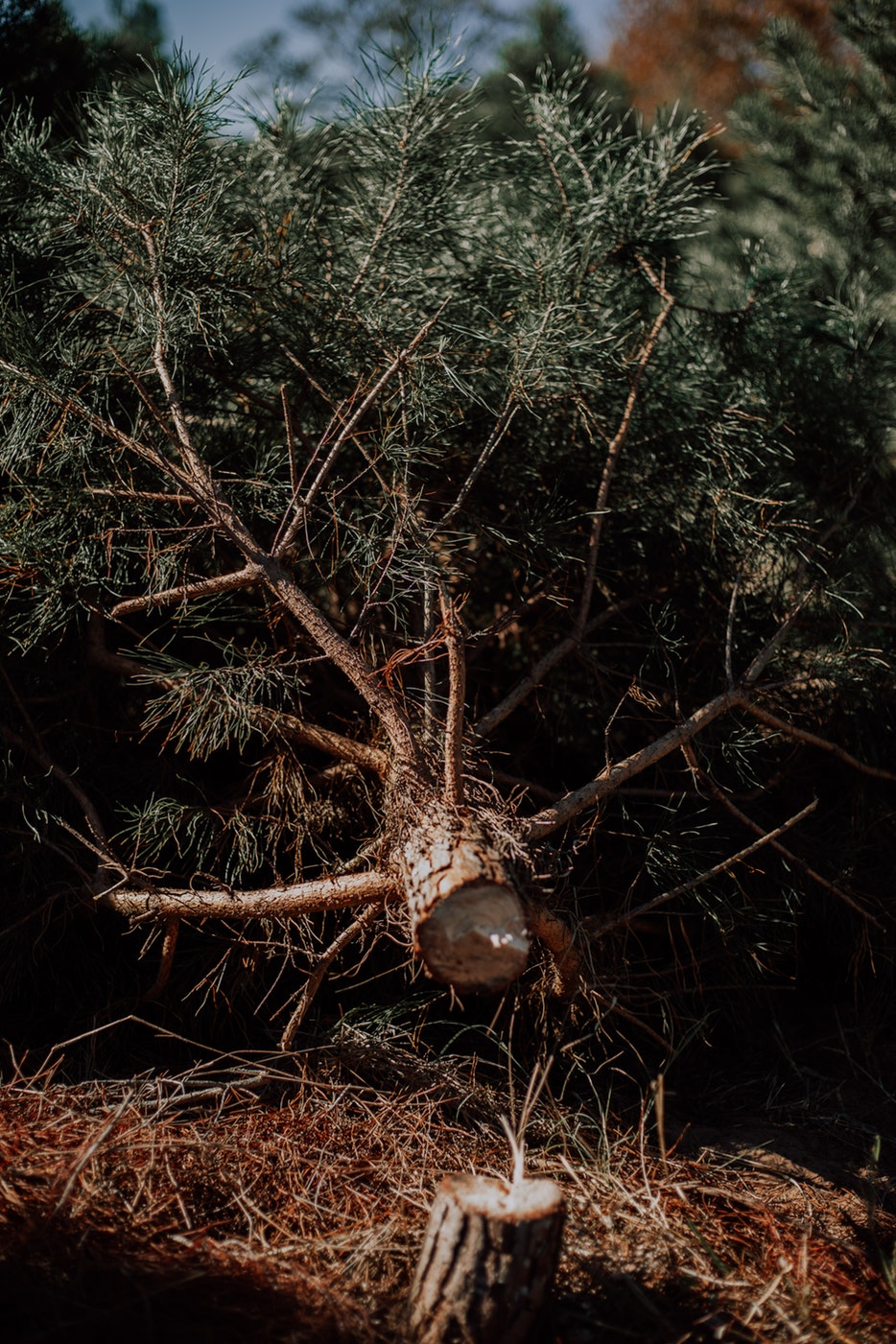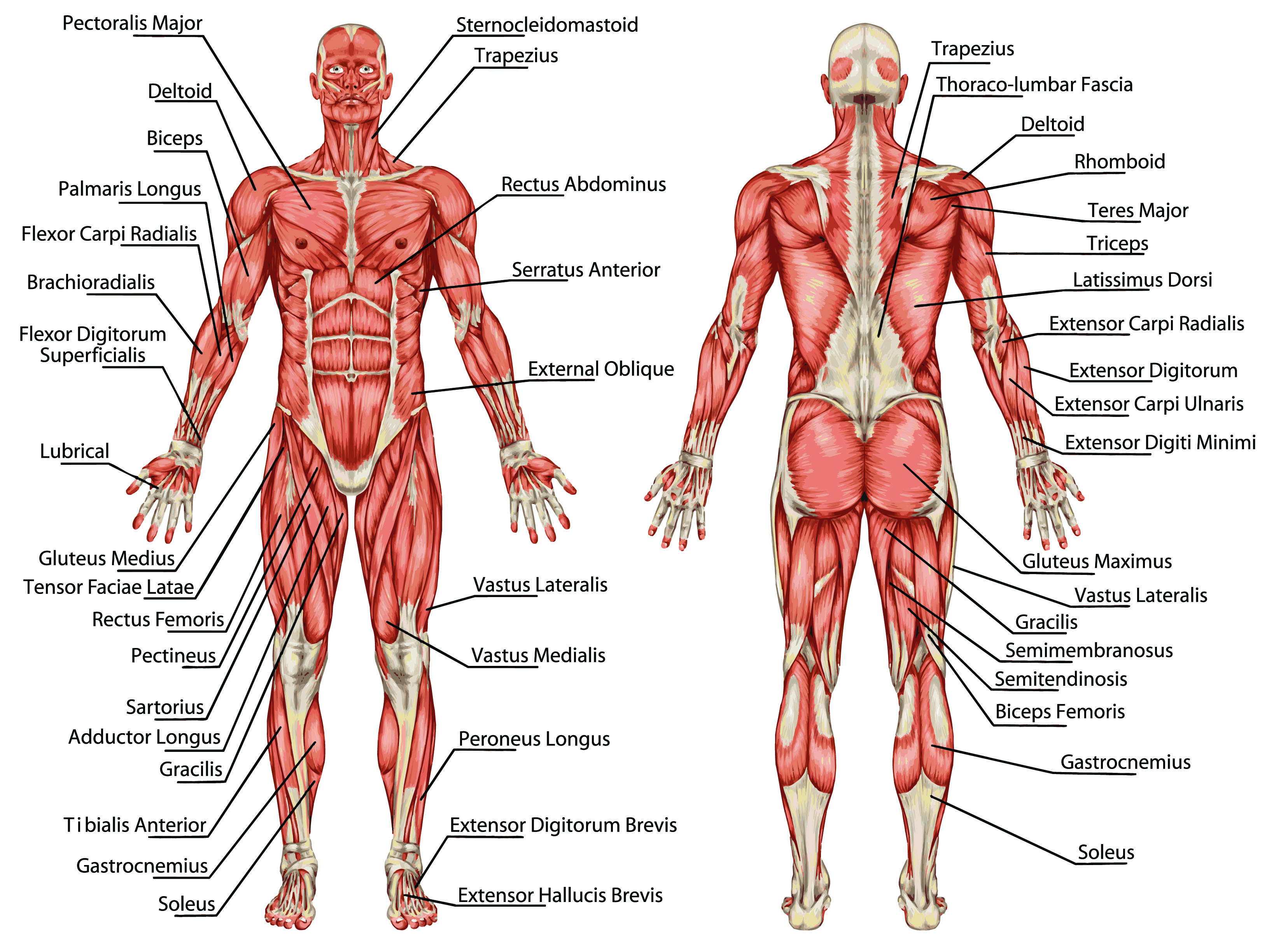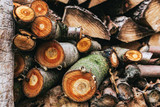Feeling Tight and Loosening Up

Loosening Up
Do you remember how flexible you were as a kid? I sure remember how flexible I was. Thinking back to it, it almost feels like I was living in a different body all together. I also remember having more emotional flexibility (once you remove normal little kid stubbornness), and in comparing my adult self to my childhood self, I see my previous self more open-minded, curious, and enthusiastic about new experiences than I am in my adult life.
I have also noticed, in adulthood, a very real correlation between the types of physical training I am doing and, again, my overall mental state (which I use as shorthand to include mental-emotional-spiritual). When I am spending more time loosening up my body, through practices like yoga, qi gong, and just focusing on more stretching throughout the day—taking time to do “floor work”—that my mental flexibility will also grow. When I am doing more weight training (which I do a lot of), I notice rigidity in my mental state that mimics the rigidity in the body that the training produces.
This isn’t something that happens right away, but only a pattern that has emerged through a diet of time and retrospect. I say that I see a correlation, not causation, between the two because there could be any number of explanations, but I’ve noticed a pattern and I think it is really interesting, worth exploring, and worthy of sharing.
I’ve spent a lot of time over the past year, year and a half thinking about this, and it is almost—or it is—that as we age, we hold negative experiences and emotions in our muscles and connective tissue, specifically in our fascia. I am by far not the first person to think this, but I made the observations in myself without knowing of the work already done into this connection, only learning of it as I researched my own observations.
So what is Fascia? Fascia is, as defined by Wikipedia, “… a band or sheet of connective tissue fibers, primarily collagen, that forms beneath the skin to attach, stabilize, enclose, and separate muscles and other internal organs.” It is important here to note how skeletal muscles are overlapping, criss-crossing throughout the body, with different muscle groups overlapping and almost intertwining others, and within muscle groups, band of muscles working together, all with a fascia lining. Have you even broken down (prepared to cook) chicken and noticed the thin white tissue between muscles and muscles and skin? That’s fascia.

Overtime, the fascia becomes almost sticky; adhering to the muscles it lies between. In children, fascia allows muscles to move freely, like a Teflon coating between them. But as the body ages, it adheres to the muscles that it lines, acting almost in opposition to its younger non-stick version of itself. The result is that the body is significantly less flexible in adulthood than it is in childhood.
As stated above, it really seems to me that negative experiences and emotions lodge themselves in our physical bodies. The result is that as we age and navigate through life (even the easiest life is pockmarked by negative emotions and experiences), we can become both physically and mentally (including emotionally and spiritually) constricted.

Our bodies become tight, ridged, much like that old oak tree standing strong in the field until the windstorm comes along and it loses a limb or—even worse—cracks down the center of the trunk, the whole thing in ruins.
With time, our bodies can become much less like their younger sapling self, that sapling self that could just blow and blow and blow in the windstorm, looking at times almost head over heels, and in response it only grew taller, it only grew fuller. That young sapling doesn’t crack in the wind.
This is a phenomenon I can observe right now looking out through the window, where an old apple tree in the yard is cracking in the trunk, in response to years of unwieldy growth, the weight of a bountiful fruit season, and plenty of summer and fall winds. Next to it lives a young mulberry sapling planted just this past spring—full of flexibility, pliability, reaching and growing towards the sky. That youthful vigor.
So the question that presents itself is whether or not can we stave off this hardening. Can we re-become flexible after we’ve already become ridged? Can the giant oak learn from and emulate the sapling, and in doing so may the oak become more like the bamboo, swaying—with its own strength and resolve—in the winds but never cracking?
I do. I really do believe that the singular answer to these questions is a resounding yes: That we can both stave off and reverse that rigidity in our bodies, and that in doing so, we will stave off and reverse that rigidity in our mental-emotional-spiritual self. And that to do so we need no austere, esoteric yoga practice, no “secret” or “ancient” teaching, no close and expensive work alongside a master or a guru. We just need to start using our bodies in a more flexible manner. This is the Occam’s razor once again presenting itself to guide us towards greater health—physical, mental, emotional, spiritual health, which we can interpret here to mean that the simplest solution is the right solution.
Just simply notice how we move throughout the day, and in doing so, make a mental note—free of judgment—if that movement feels constricted or if it feels flexible. When it feels tight, move in opposition to that constriction (as appropriate and safe). There is no need for analysis here, just an observation and a movement.

So as I am siting here and typing this, I notice that my shoulders round forward, the muscles in my upper chest constrict, my jaw tightens, and my breathing becomes shallower, transitioning from the deep diaphragmatic breath through the abdomen (diaphragm) into a shallower breath through the upper chest.
This shallow breathing is a type of breath associated with activation of the sympathetic nervous system, also known as fight or flight, also known as stress. We can see this trend too, in reverse, in that as we breath through the belly (diaphragmatic breathing), we increase vagal nerve tone (here is a fun, "9 Facts about the Vagus Nerve" to learn more), which moves the body from the stressed out, fight or flight sympathetic response (dominated by adrenalin and nor-adrenalin and the master stress hormone cortisol), into the relaxed “rest and digest” parasympathetic nervous system and response, decreasing levels of stress hormones and neurotransmitters and increasing levels acetylcholine—the rest and digest signals. We can do this—we can augment our nervous system—simply by changes in breath.
So I make this observation, catching myself throughout the day taking on these postures of stress, rigidity, and inflexibility. And I note them, aware of how I’m positioning my body, and I move in opposition to them, I move to reverse them.
I bring the shoulders back and drop them away from the ears (shoulders are not supposed to live in the ears), I relax the facial muscles and the jaw (jaws are not supposed to be clamped down), and I return the breath deeply into the belly. Maybe the changes are only momentary, and within moments I’ll be hunched back over, but it is practice, it is training. And anyway, what more is life but the accumulation of moments all strung together?
We all have the constraints of modernity, such as sitting at a computer, and before computer we were hunched over other things: assembly lines, cook pots, sowing and weeding and harvesting food, but regardless, we can become the bamboo.
Working in opposition throughout the day to the ways in which we hold stress in our bodies is like a little bottle of medicine that we can take quite literally whenever we can remember to take it. And the more we remember to take it, the better that medicine works and the more easily we can remember to take it.
But sometimes you need to get in for some real surgery, sometimes it’s not enough to clean and straiten up; sometimes you have to remodel, and this is what I referred to above as floor work.
Notice that kids play on the ground. There is something undeniably grounding to being on the ground, something lost on us in adulthood as we grow taller and our centers (our chests and our heads) move away from the ground and we orientate our bodies closer to the built environment we have created and have curated to an existence above the ground: chairs to sit on, beds to lay on, cars to drive in, and so on and so forth. We are humbled and vulnerable when on the ground, and we've done all we can to move our existence away from that humility and vulnerability—but did we lose anything in doing so?
We need to return to the floor; we need return to the ground. This is the surgery that we can set time aside for, which reinforces the work we can do throughout the day. It is the macro and the micro—they are mutually beneficial and exclusive at once, different and the same, but ultimately are complimentary threads of which the tapestry of our existence is woven from.
Feeling tight? I particularly like this list of stretches that I stumbled upon yesterday. Like I said, no esoteric teaching is necessary, only movement and stretching. A gentle reawakening to the flexibility that is inherent in our own anatomy. You can stretch sitting or standing in the office, in the kitchen, while walking around the neighborhood. It only has to take a moment, and the hardest part—and it can be hard—is just remembering to do so.
And then make time to do floor work. This can be a longer sequence of the above stretches, it can be a yoga class at a nearby studio, it can be working through a yoga routine by yourself with the guidance of the many good “yoga classes” you can stream on the internet. This is an impressive sequence for improving posture, and as we change posture, we change our whole experience and even our whole biochemistry ( see Amy Cuddy's work on this for more information).
As time passes and our bodies become more flexible than they were before, we also become flexible in mind, flexible in emotion, and flexible in spirit.
Recent Posts
Understanding Our Forest Aurum Pine Pollen Nectar Tincture
Unlocking the Potency of Pine Pollen Forest Aurum Pine Pollen Nectar Tincture represents the c...
Unlocking the Secrets of Tongkat Ali: Tradition, Authenticity, and the Power of Natural Healing
Tongkat Ali: A Beacon of Authenticity in the World of Herbal Medicine In our quest to recover o...
Building Product Stacks and Cycles
Unlocking the Intricacies of Stacking, Combining, and Cycling Herbs and Products for Optimum Benefit...
Unlocking the Vital Role of Estradiol in Male Sexual Health: Looking Beyond Testosterone
Exploring the Complex Interplay of Estradiol and Androgens in Male Sexual HealthBeyond the Shadows o...
Witches' Qi Elixir: Eleven Cauldron Flavors
All Hallows Evening: Celebrating Growth, Death, Renewal, and the Mystical Cycles Eleven Cauldron...
Unstandardized Extracts
A Dedication to Excellence Over Quantity In the upcoming week, we are thrilled to reintroduce a...





